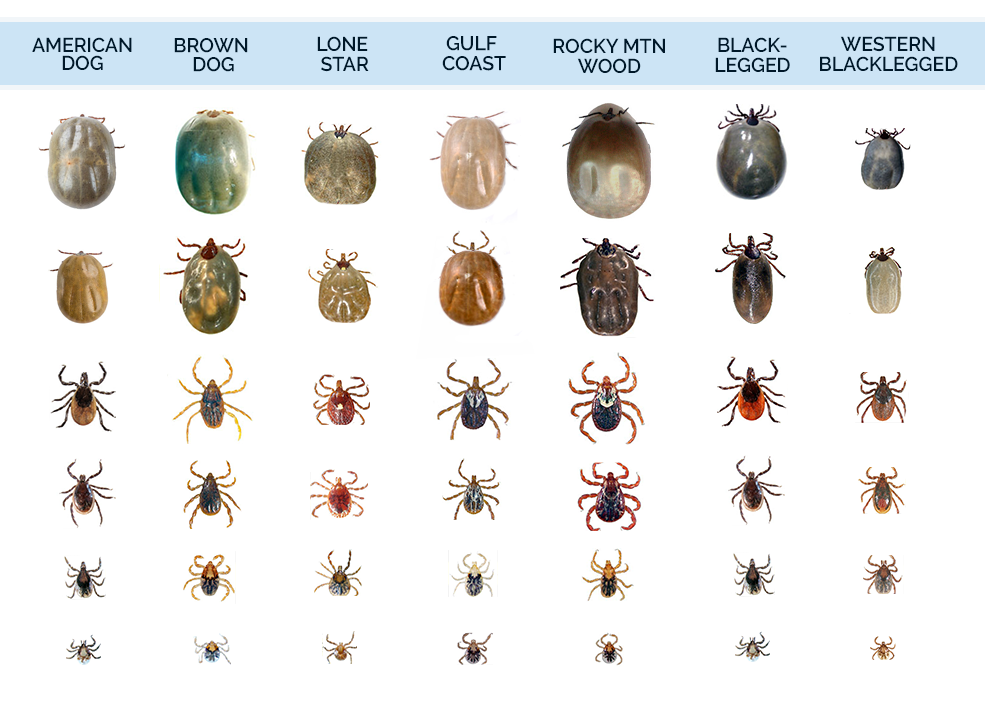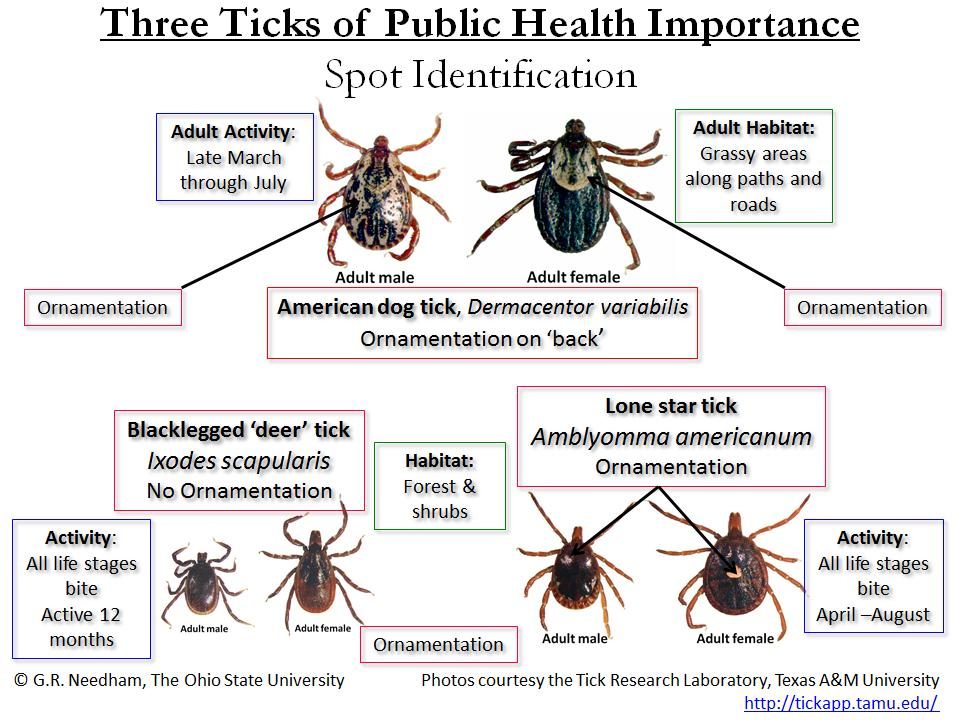
Written by Eric E. Brooks, DVM
It’s that time of year when Spring is in the air. The flowers are blooming and the birds are chirping. But lurking in the shadows is a hungry predator waiting to make a meal of your pet.

Ticks are tiny parasites that hold onto tall blades of grass or low-hanging branches, just waiting for an innocent dog or cat to come strolling by. When your pet brushes against them, the tick grabs a hold of their fur and prepares for the feast. Once the tick finds a tasty spot, they use their mouth parts to puncture a hole through the skin and then release a substance that temporarily glues themselves to your pet. While they are busy feeding, they can also transmit the organism that causes Lyme disease.

The black-legged deer tick is responsible for spreading Lyme disease in the northern United States. This tick was rarely seen in northeast Ohio in the past, but has been found in increasing numbers in recent years. Where the tick goes, Lyme disease soon follows. The black-legged deer tick is one of the smallest ticks, and often goes unnoticed for days after attaching to your pet.
Common questions about Lyme disease include:
What is Lyme disease?
The disease is caused by a bacteria-like organism that lives in the tick’s stomach. When the tick feeds, they inject the organism into your pet’s body. Once inside of the body, the organism can cause a fever, lethargy, joint swelling, limping and potentially life-threatening kidney failure. The disease can take weeks to months to develop from the time of the bite.
What should I do if I find a tick attached to my pet?
Contact your veterinarian for guidance. There are several species of ticks that live in Ohio. It is very important for the veterinarian to see the tick to determine which diseases your pet may have been exposed to.
How can I tell if my pet has Lyme disease?
Your veterinarian can perform a blood test to determine if you your pet was exposed to Lyme disease. It is important to note that it can take up to six weeks before your pet will test positive after exposure.
Is there a treatment for Lyme disease?
If the disease is caught early enough, the pet can be treated with antibiotics. In severe cases, there may be permanent damage to the joints or kidneys.
Can Lyme disease be prevented?
A vaccine is available and recommended for pets that are exposed to ticks. Additionally, there are a variety of tick preventatives available. Contact your veterinarian to discuss the parasite preventative that will best meet your pet’s needs.



